Shaw captures the ancient art of ceramics in its versatile collection of ceramic and porcelain tile products. Seven of our porcelain tile collections are manufactured with the environment in mind. At Shaw Floors, we are committed to doing the right thing for the environment, and we partner with Eco-friendly suppliers who share in that commitment. Working with like-minded companies is crucial to creating a healthier ecosystem by reducing the amount of natural resources we consume. Learn More
Ceramic Tile
Ceramic Tile Guide
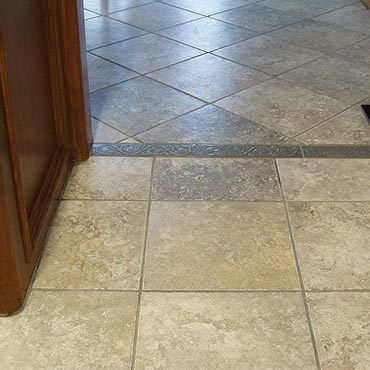
The Timeless Appeal of Ceramic Tile Flooring: Bridging Tradition and Modernity
Ceramic tile flooring, an age-old material, has gracefully transitioned from the ancient mosaics of Mesopotamia to the sleek floors of contemporary architecture. Its historical significance is not just in its longevity but in its ability to evolve. Today, it stands as a testament to both artistic heritage and technological advancement, offering architects, interior designers, and facility managers a blend of durability, beauty, and functionality.
Material Properties and Sustainability
Ceramic tiles are celebrated for their durability and resistance to wear and tear. Their hard, non-porous surface withstands heavy foot traffic, making them an ideal choice for commercial and residential projects. The low maintenance requirements, needing only basic cleaning to retain their appearance, are a boon for facility managers.
Environmentally, ceramic tiles score high. The energy-efficient production processes minimize carbon footprints, and their recyclability aligns with green building practices. This aspect is crucial in an era where sustainability is not just a preference but a mandate.
Design Versatility and Aesthetics
The aesthetic flexibility of ceramic tiles is unmatched. Available in an array of colors, patterns, sizes, and finishes, they offer designers a vast palette for creativity. Whether it's replicating natural textures like wood and stone or experimenting with avant-garde designs, ceramic tiles can adapt to various architectural styles, from classical to contemporary.
Technical Advancements
Technological innovations in manufacturing have revolutionized ceramic tile production. Digital printing techniques have opened up endless possibilities in tile design, allowing for customization that was previously unimaginable. These advancements have significantly expanded the scope for architects and designers to personalize spaces.
Application Diversity
Ceramic tiles are not just for floors. Their use in walls, facades, and even ceilings demonstrates their versatility. Innovative projects around the globe showcase how ceramic tiles can transform spaces. From the intricate tile work in public transport stations to their use in luxury residences, these applications underscore the material's adaptability and aesthetic appeal.
Performance and Functionality
In terms of functionality, ceramic tiles excel. Their water resistance makes them ideal for bathrooms and kitchens, while their antibacterial properties ensure hygiene, a critical factor in healthcare and food preparation areas. Their suitability for high-traffic areas further enhances their appeal in commercial and institutional settings.
Sustainability and Environmental Impact
Ceramic tiles contribute significantly to sustainable building practices. They can positively impact LEED certification and other environmental standards. The production and usage of ceramic tiles, increasingly leaning towards eco-friendly practices, reflect the industry's commitment to reducing environmental and health impacts.
Cultural and Artistic Significance
Ceramic tiles hold a special place in various cultures, often reflecting local art and history. Contemporary designers are tapping into this rich heritage, blending traditional designs with modern techniques to create spaces that are both culturally significant and aesthetically modern.
Cost-Effectiveness and Long-Term Value
While initial costs may be higher compared to other materials, the long-term value of ceramic tiles in terms of durability and timeless appeal is unparalleled. When compared to alternatives, ceramic tiles often emerge as a more advantageous choice, particularly in environments where longevity and ease of maintenance are priorities.
Conclusion
Ceramic tile flooring is more than just a building material; it's a design element that has stood the test of time, continually adapting to meet the evolving needs of architects, designers, and facility managers. Its combination of durability, aesthetic versatility, and sustainability makes it a cornerstone in modern architecture and design.
As we look towards the future, the potential of ceramic tile flooring in shaping architectural and interior design trends is immense. We encourage professionals in the field to explore the innovative possibilities offered by this versatile material in their upcoming projects, harnessing its unique blend of tradition, innovation, and sustainability.
Disclaimer: The information provided in this article is for general informational purposes only. While we strive to ensure the accuracy and reliability of the information presented, we make no warranties, express or implied, about the completeness, accuracy, reliability, suitability, or availability with respect to the content. Any reliance you place on such information is strictly at your own risk. We recommend consulting with professionals for specific advice tailored to your project’s needs, particularly regarding building codes, regulations, and product specifications.
Under no circumstances shall we be liable for any loss or damage, including without limitation, indirect or consequential loss or damage, arising from the use of, or reliance on, the information provided in this article.
Select Product Sub-Category:
Ceramic Tile
Top 7 Types of Ceramic Tile
 Ceramic/Porcelain - 485 Spa / Pool TileTransform your pool into a serene oasis with our exquisite Spa/Pool Tiles. Crafted for elegance and durability, they'll elevate your relaxation haven. Dive into luxury now! | |
 Ceramic/Porcelain - 375 Decorative TileTransform your space with our exquisite glass Decorative Tile collection. These shimmering tiles add a touch of elegance to any room. Elevate your decor today! | Sub Categories: |
 Ceramic/Porcelain - 244 Terra Cotta Floor TileIntroducing Terra Cotta Floor Tiles – Timeless Elegance for Your Space! Crafted for durability and rustic charm, these tiles bring warmth and character to any room. Elevate your home with Terra Cotta Tiles today! | Sub Categories: |
 Ceramic/Porcelain - 81 Mosaic TileMosaic tile flooring adds intricate beauty to any space. Comprising small pieces of glass, ceramic, or other materials, these tiles create unique patterns and color combinations, enhancing aesthetics. It's ideal for adding a touch of artistry to homes. | Sub Categories: |
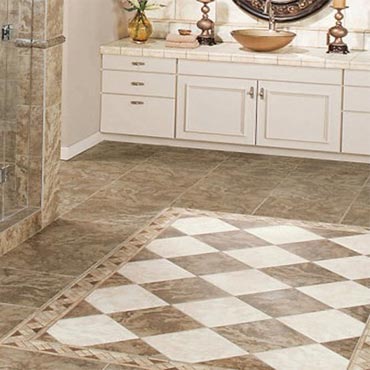 Ceramic/Porcelain - 493 Floor Tile
Introducing our premium Floor Tiles: Elevate your space with style and durability. Choose from a wide range of designs to transform your home. Upgrade today! | Sub Categories: |
Featured Brands
The Best 10 Ceramic Tile Brands
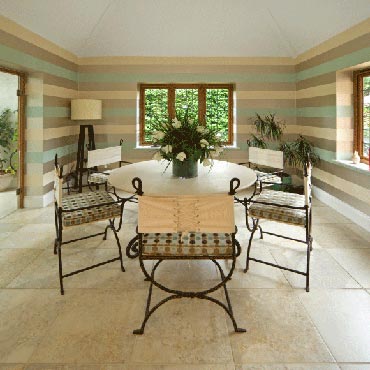
Shaw Tile Flooring
Profile | WebsiteShaw captures the ancient art of ceramics in its versatile collection of ceramic and porcelain tile products. Seven of our porcelain tile collections are manufactured with the environment in mind. At Shaw Floors, we are committed to doing the right thing for the environment, and we partner with Eco-friendly suppliers who share in that commitment. Working with like-minded companies is crucial to creating a healthier ecosystem by reducing the amount of natural resources we consume. Learn More
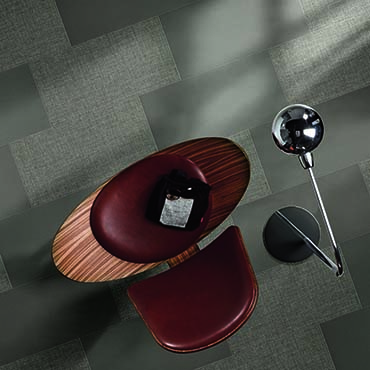
Daltile® Floor Tile
Profile | Website | Install | MaintainTransform any room with DalTile® Floor Tile. Available in porcelain, ceramic, and stone looks, DalTile offers durable, stylish, and easy-to-maintain flooring options perfect for kitchens, bathrooms, living areas, and high-traffic commercial spaces. Learn More
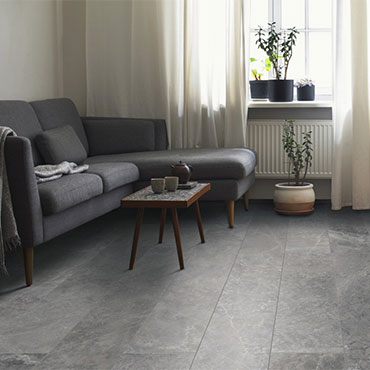
Florida Tile
Profile | Website | GreenFlorida Tile products are one of the greatest values in the industry. Our reputation is built on providing reasonably priced, design rich products to the tile market. Florida Tile products come directly from the earth. Because of this, we are particularly aware of our responsibility to help preserve the beauty and health of our planet and all its natural resources. Learn More
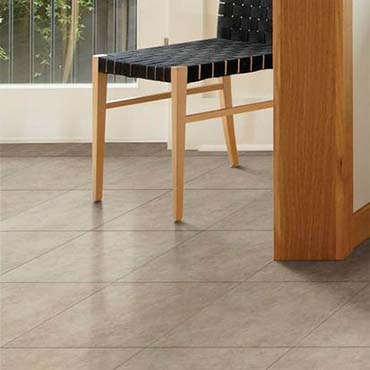
American Olean® Tile
Profile | Website | Warranty | GreenHome is where the heart is, and American Olean is the trusted choice for residential projects. With countless, on-trend design options, the versatility and durability of American Olean tile make it easy to produce stylish, modern designs anywhere in your home. Learn More
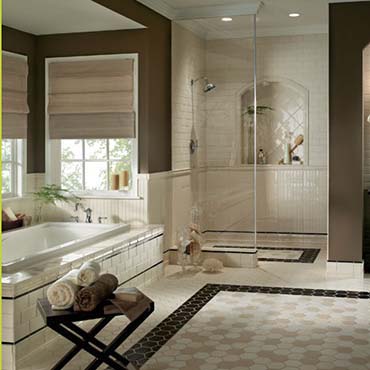
Crossville Porcelain Tile
Profile | Website | Design Tools | Warranty | Install | Maintain | FAQs | GreenAs the first tile manufacturer in Tennessee (est. 1986), Crossville is the leading American manufacturer of beautiful, sustainable solutions that advance the frontiers of tile design. From introducing the nation’s first large-format porcelain tiles, to becoming the first and only net consumer of tile waste materials (meaning we recycle even more than we produce), to developing cutting-edge performance innovations that turn mere surfaces into “breathing” living environments—we are committed to pioneering products and practices that change the way the world views tile. Learn More
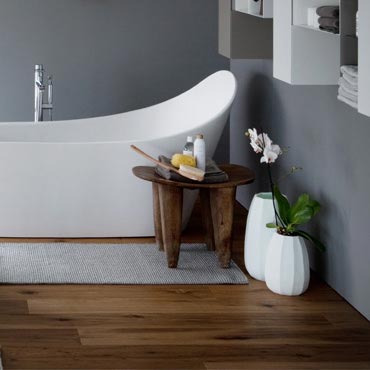
LAUFEN Tile
Profile | WebsiteLaufen offers quality floor, wall and decorative tile throughout the U.S. market. With its expansive ceramic tile offering, Laufen continues to bring together its heritage of beautiful styling with its reputation for quality craftsmanship. Learn More

Emser® Floor Tile
Profile | WebsiteEMSER is the fashion leader in ceramic tile and natural stone. We are committed to providing the service and selection today’s marketplace demands. EMSER’S products are specified and installed in malls, hotels, educational facilities and other major projects throughout the United States. Learn More
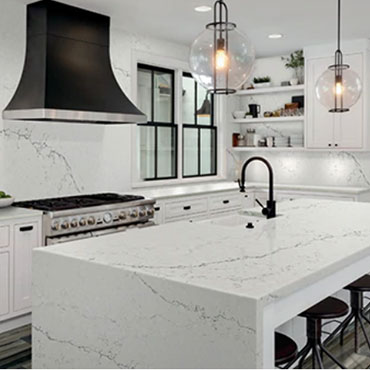
DalTile® Countertops
Profile | Website | Install | Maintain | BlogUpgrade your kitchen or bath with DalTile® Countertops. Choose from quartz, granite, and porcelain surfaces that offer stunning style, lasting durability, and easy maintenance—perfect for modern designs and timeless spaces alike. Learn More

Arizona Tile Flooring
Profile | Website | Video | Maintain | FAQs | Blog | GreenSince 1977, Arizona Tile has searched the globe in pursuit of truly extraordinary surfaces. Whether you are building your dream kitchen, renovating an older space, or planning the addition of an outdoor living area, we have a wide range of materials to suit your specific design plans. Learn More

Porcelanosa® Tile Flooring
Profile | WebsiteAmbitious research and development projects have enabled us to release products on the market that have a high degree of added value: wall tiles, floor tiles and porcelain tiles. Learn More
Ceramic Tile Videos
The Top 1 Ceramic Tile Videos
Mohawk Ceramic Tile Installation with Chip Wade
Ceramic Tile News
Latest Ceramic Tile News
Ideology™...Ideology™ fuses the timeless beauty of white marble with contemporary design. Available in three neutral colors, this refined ceramic tile collection has been updated with larger sizes, elegant geometric mosaics and decorative tiles... |
Wood Trails...Wood Trails, a high-density ceramic tile, is a beautiful wood inspired collection, offering a range of colors to suit any design style. The four colors cover the spectrum of popular and trendy colors: Appalachian Brown, Batona Gray, Glacier White and Pinells Beige. High Density ceramic tiles by Interceramic® are produced using advanced technology that allows ceramic products, such as Wo... |
Montpellier...Montpellier, a high-density ceramic tile, brings stunning marble design to ceramic tile. Montpellier reinvents the subtle veining and natural color variation found in marble. The soft transition of colors throughout the tile creates a feeling of soothing tranquility, elevating any design to a new level. High Density ceramic tiles by Interceramic® are produced using advanced technology t... |
Kitchen Tile...eative possibilities. Design FlexibilityThe aesthetic appeal of kitchen tiles lies in their ability to adapt to any design theme. For a traditional kitchen, classic patterns in ceramic tiles can create a warm, inviting atmosphere. Contemporary spaces often feature large, minimalist porcelain tiles or bold geometric patterns in vibrant colors. Subway tiles, a timeless choice,... |
Hand-Made / Handcrafted Tile...ersonalized environments. Real-world ApplicationsRecent design projects showcase the versatility of hand-made tiles. For example, a boutique hotel in Tampa has used custom-made ceramic tiles to create a vibrant, mosaic-like floor that becomes the focal point of its lobby. Another example is a residential kitchen in San Francisco, where hand-painted terracotta tiles provide a... |
Mosaic Tile (glazed)...d through energy-efficient processes. This aspect not only appeals to environmentally conscious designers but also to clients looking for eco-friendly building materials. Latest Trends in Ceramic Tile DesignThe world of glazed mosaic tiles is ever-evolving, with current trends showcasing digital printing technologies that offer even more design possibilities. 3D textures are... |
Bathroom Tile...unctionality with aesthetic appeal. Types and FeaturesTiles come in various materials, including ceramic, porcelain, glass, and natural stone, each with unique characteristics. Ceramic tiles are known for their versatility and cost-effectiveness, while porcelain tiles offer superior water resistance and durability. Glass tiles add a modern, sleek look, and natural stone tile... |
Decorative Tile...ractical value. They are not just mere backdrops but pivotal in defining the character of a space. Types and CharacteristicsThe world of decorative tile is wonderfully diverse. Ceramic tiles are renowned for their vibrant colors and patterns, offering a traditional yet timeless appeal. Porcelain tiles, denser and more durable, are ideal for high-traffic areas. For a touch of... |
Ceramic Tile...Ceramic Tiles: The Artful Fusion of Durability and Design in Modern Spaces From ancient civilizational relics to modernist architectural marvels, ceramic tiles have journeyed through time, etching their presence in the annals of home decoration and design. This versatile material has evolved from a mere functional element to a pivotal design feature in contemporary interiors. |
Spa / Pool Tile...>Types and CharacteristicsSpa and pool tiles come in a myriad of types, each boasting distinct characteristics. From ceramic and porcelain to glass and natural stone, the options are vast. Ceramic tiles, known for their durability and versatility, are a common choice. Porcelain tiles, a subtype of ceramic, are famed for their water-resistant properties, making them ideal for pools and s... |
Handpainted/Art Tile...e made from recyclable materials and produced through energy-efficient processes, making them a guilt-free choice for environmentally conscious projects. The Trendsetter: Latest Trends in Ceramic Tile DesignThe tile world is constantly evolving, with digital printing technologies and 3D textures leading the charge. Innovative sizes and shapes are breaking the mold, allowing ... |
Silk-Screened Floor Tiles... are made from recyclable materials, and their production processes are increasingly energy-efficient, resonating with environmentally conscious designers and homeowners. Latest Trends in Ceramic Tile DesignThe silk-screened tile industry is constantly innovating. Trends like digital printing technologies have revolutionized design possibilities, while 3D textures add tactil... |
Floor Tile...y of materials - ceramic, porcelain, natural stone, and more. Each type brings its unique characteristics. Porcelain, known for its strength and water resistance, is ideal for bathrooms and kitchens. Ceramic tiles offer a blend of versatility and cost-effectiveness, making them favorites for various spaces. Natural stone tiles, like marble and granite, add a touch of luxury, with each piece unique... |
Murals...elling stories or adding character to a space. Types and Features: A World of ChoicesMural Tiles come in a plethora of types, finishes, sizes, and shapes. From the hand-painted ceramic tiles echoing historical art to contemporary digital prints on porcelain, the options are limitless. The finishes vary from glossy to matte, textured to flat, allowing designers to play with l... |
Custom Tiles...-like retreat. Large, marble-look porcelain tiles created a luxurious, open feel, while hand-painted accent tiles added a personal touch. Another example is a kitchen backsplash featuring custom-made ceramic tiles with a unique pattern, turning a functional space into a focal point of artistic expression. In Conclusion: The Timeless Appeal of Custom TilesCustom tiles offer a... |
Earthen Floor...ypes and CharacteristicsEarthen Floor Tiles come in a kaleidoscope of types, each with distinct characteristics. Terracotta tiles, with their rustic charm, offer a warm, earthy tone, while ceramic tiles provide a more refined finish. Porcelain, a subtype of ceramic, is known for its remarkable durability and water resistance. These tiles vary in size and shape, from traditional squares ... |










